A Town Named After a Spice? Lesser-Known Stories of How 14 Kerala Towns Got Their Unique Names
Though many places in the state were addressed with anglicised monikers during the periods of colonialism, the last few decades have seen most of them reverting to their to colloquial titles.
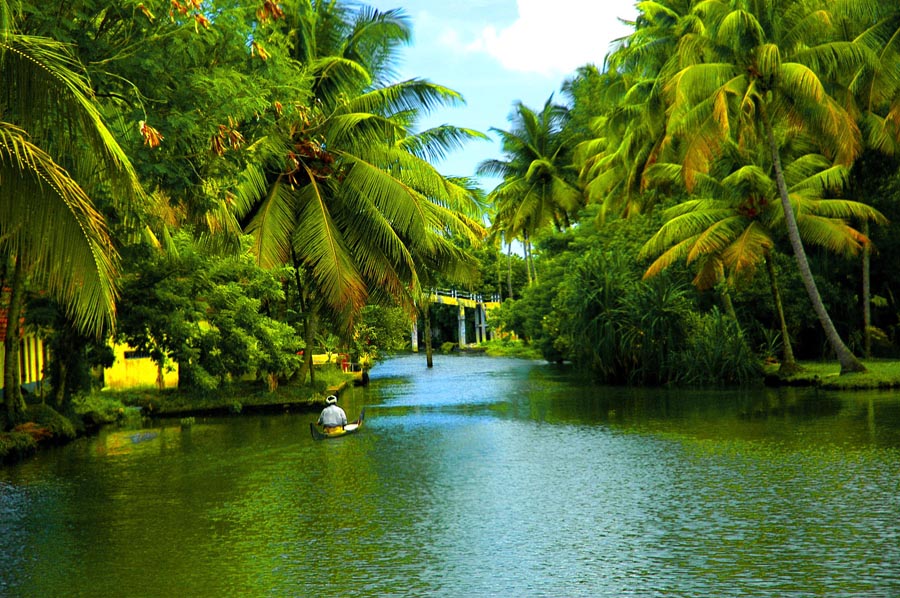
The etymology of a place’s name is often hard to trace.
Especially in a country like India that has been subject to multiple cultural transitions because of various invasions and conquests through the sands of time.
Take Kerala, for instance.
The earliest mention of the word Kerala finds its way back to the 3rd century BCE on a rock inscription from the Mauryan dynasty, but it is also believed that the state was named after Keralian Thamboran, the ruler of an independent province in southern India, which was present-day Kerala. Thamboran ruled during Emperor Ashoka’s reign.
Another theory that is commonly accepted among people is that Kerala was derived from Cheralam, meaning the land of the mighty Cheras—one of the longest standing dynasties that ruled Kerala between 1st and 5th century AD.
But the most believable of all theories rests on the versatile coconut, or Kera as it is called in Malayalam.
Coconut trees are found in abundance all over the state, and are used right from cooking to building houses. Hence – Kerala, the land of coconuts !

So, one can never be too sure about how a place gets its name!
Since Kerala has predominantly been synonymous with lakes, ponds, rivers and backwaters, most cities and towns in the state have names suffixed with kulam and puzha, which translate to pond and rivulets in Malayalam, respectively.
Although many places were addressed with anglicised monikers during the periods of colonialism, the last few decades have seen most of them reverting to their to colloquial titles.
Kollam from Quilon, Kannur from Cannanore, Alappuzha from Alleppey, Kochi from Cochin and Thiruvananthapuram from Trivandrum, to name a few.
Tracing down the etymology of places, we have rounded up 14 cities and towns in Kerala that have interesting stories behind their name:
1. Thiruvananthapuram

Before the capital city was called Trivandrum by the British Raj, it was known as Thiruvananthapuram, a name given to it in the medieval era. Thiruvananthapuram means ‘The City of Lord Ananta, who is the deity of the famous Sri Padmanabhaswamy Temple located in the city.
2. Pathanamthitta

This city is also known as the pilgrim capital of Kerala, and for being the main transport hub to Sabarimala. There are different versions of how it got its name. The most popular being the name being coined from two Malayalam words, Pathanam and thitta, which together mean a group of ten families settled on the banks of the river (Achenkovil). Another account suggests that the name was derived from pattanam (town), which became pathanam, and finally Pathanamthitta.
3. Munnar

One of the most sought after tourist destinations in Kerala, this hill station has endless stretches of tea plantations, winding lanes and picturesque sites. As for its name, it finds its roots in the three mountain streams it has —Mudrapuzha, Kundala and Nallathanni. Munnu and Aaru are Malayalam words for the number three and stream, respectively.
4. Palakkad

The contrasting landscape of Palakkad, which consists of barren (Pala), rocky mountains and dense forests (kadu) is said to lend its names to the city. But, another theory points out to the influence of the Jain community who settled in the region, and spoke the sacred language of Pali. It is believed that after this the place was referred to as Palighat. The most accepted theory though says that Palakkad owes its name to the fragrant Pala trees, which once occupied a major portion of the region.
5. Kottayam
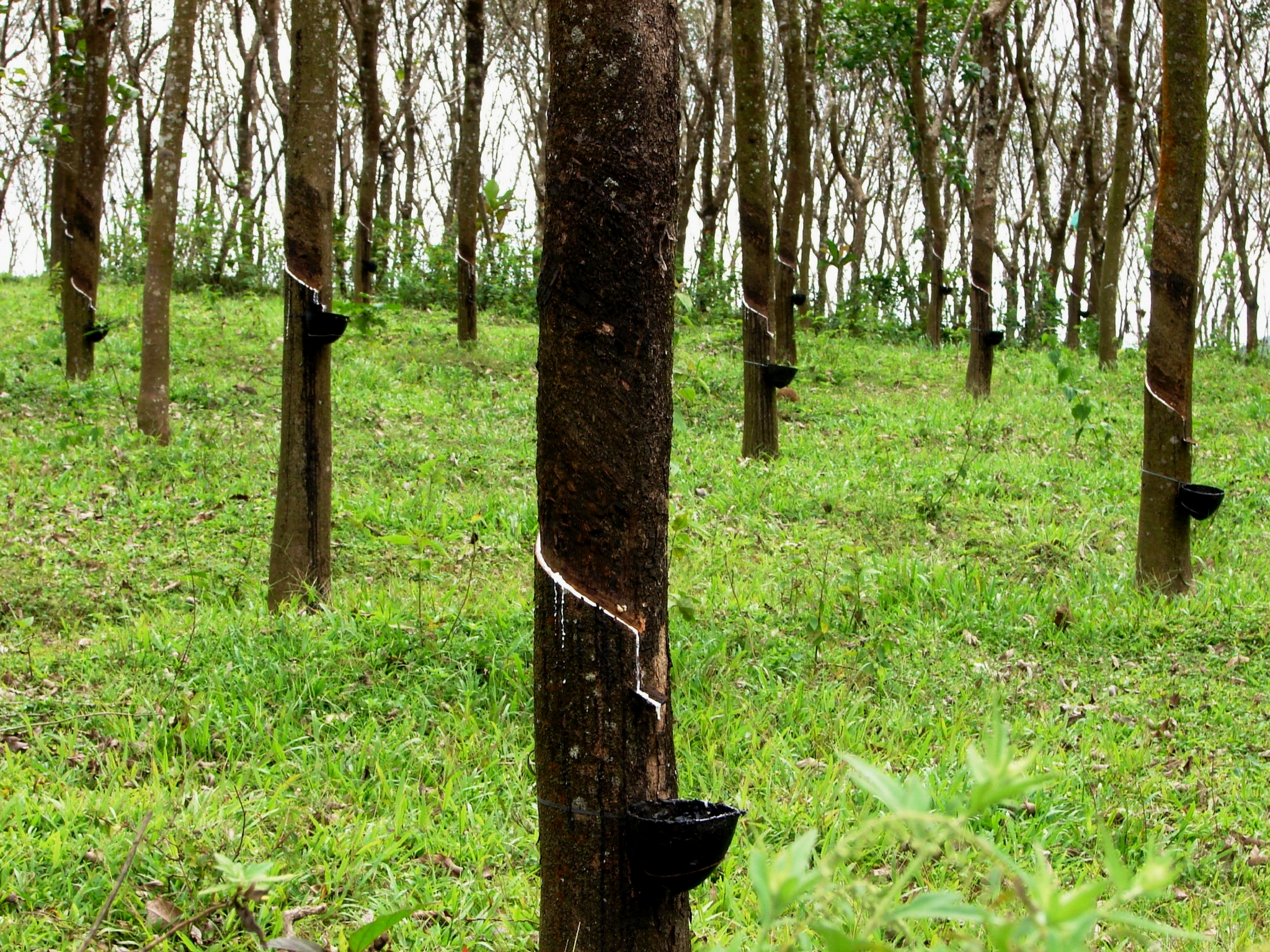
Famous for its spices and rubber trees the world over, the city of Kottayam is named after combining Kotta and akam, which means the interior of a fort. In 18th century, the region encompassing present-day Kottayam had many palaces and forts. Unfortunately, these were demolished by a Travancore ruler, Marthanda Varma, when he attacked the town. Though only remnants of these forts are found today, the name remains to tell the tales of past glory.
6. Mavelikara
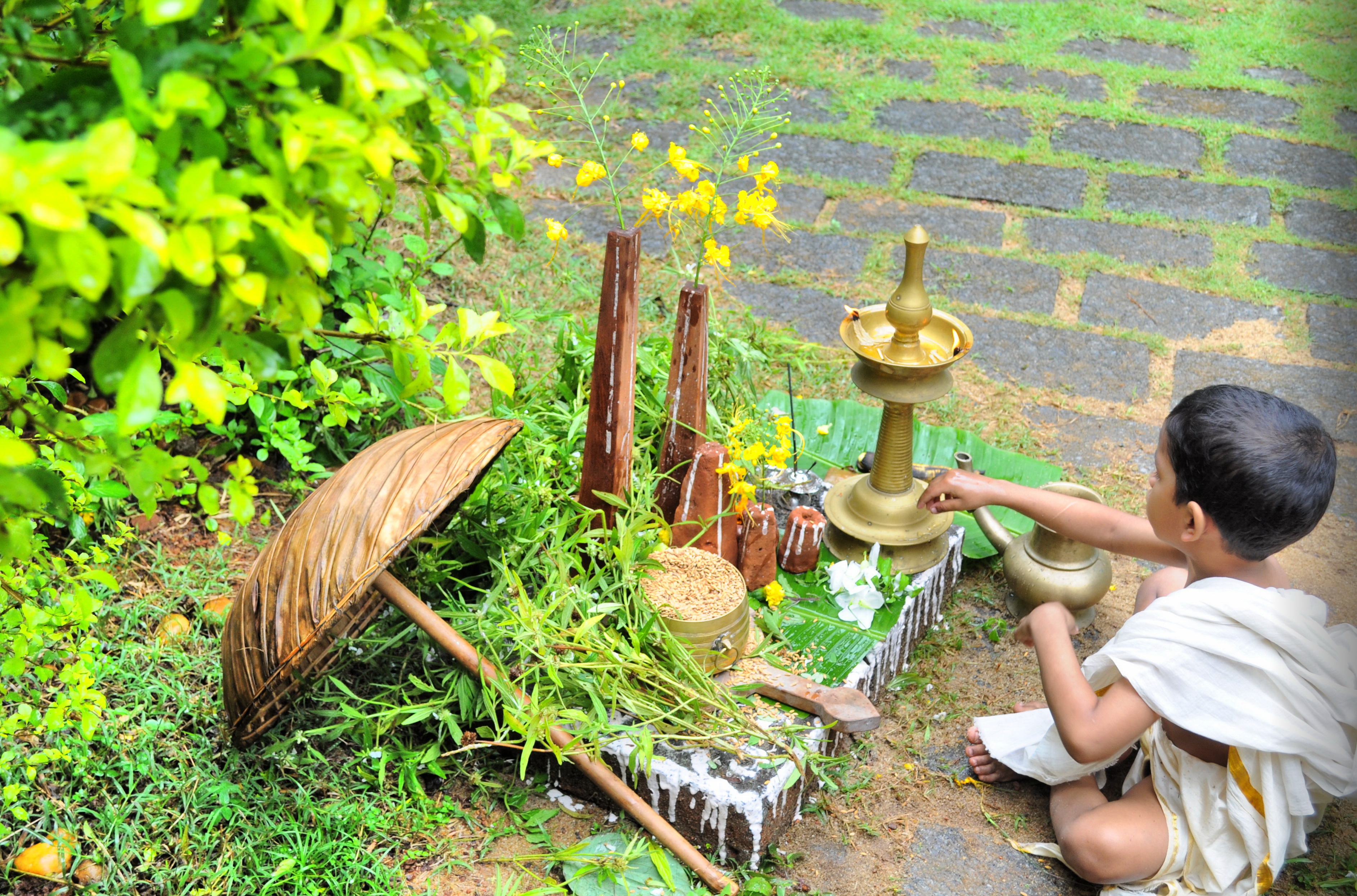
This taluk and municipality is close to the Venice of the east, Alleppey, and is located on the banks of the Achankovil river. It is called so by combining the words Maveli, who was the mythical king of Kerala, and Kara which means land. According to the legend, Mavelikara is the land where the king Mahabali knelt before Vamana, an incarnation of Lord Vishnu. The festival of Onam is celebrated in honour of this legendary king.
7. Ernakulam
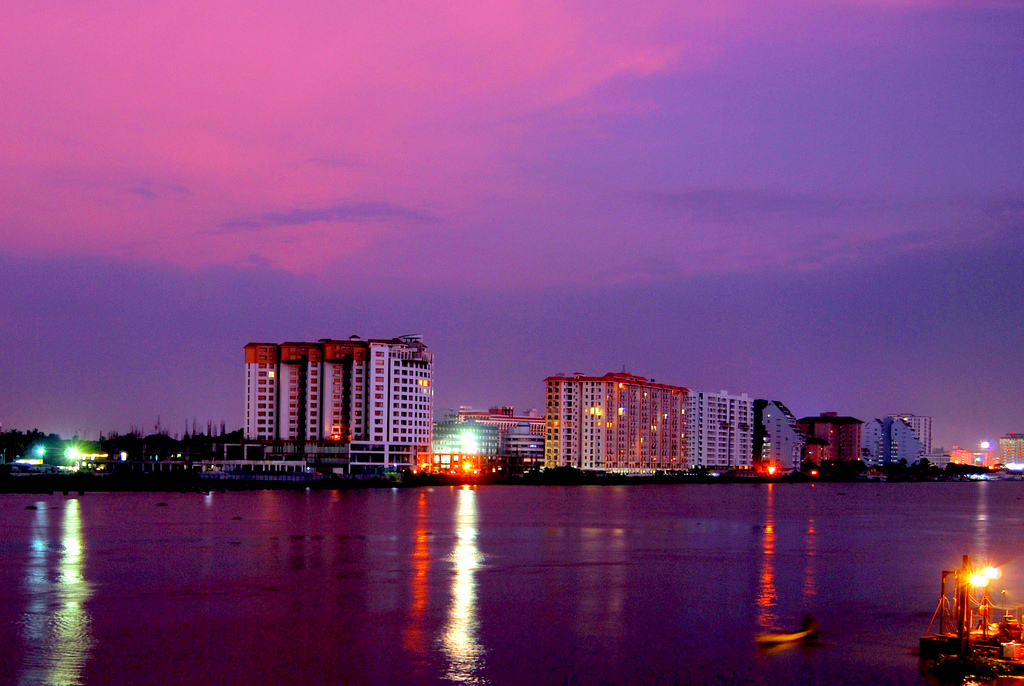
The commercial capital of the state has two popular theories that claim stake to its name – one says that the city’s name is coined from the Tamil word Erayanarkulam, which means the abode of Lord Shiva. Another version supposes that the name was drawn from Malayalam words Ere-naal-Kulam, which literally translates to ‘Pond for a long time’.
8. Kollam
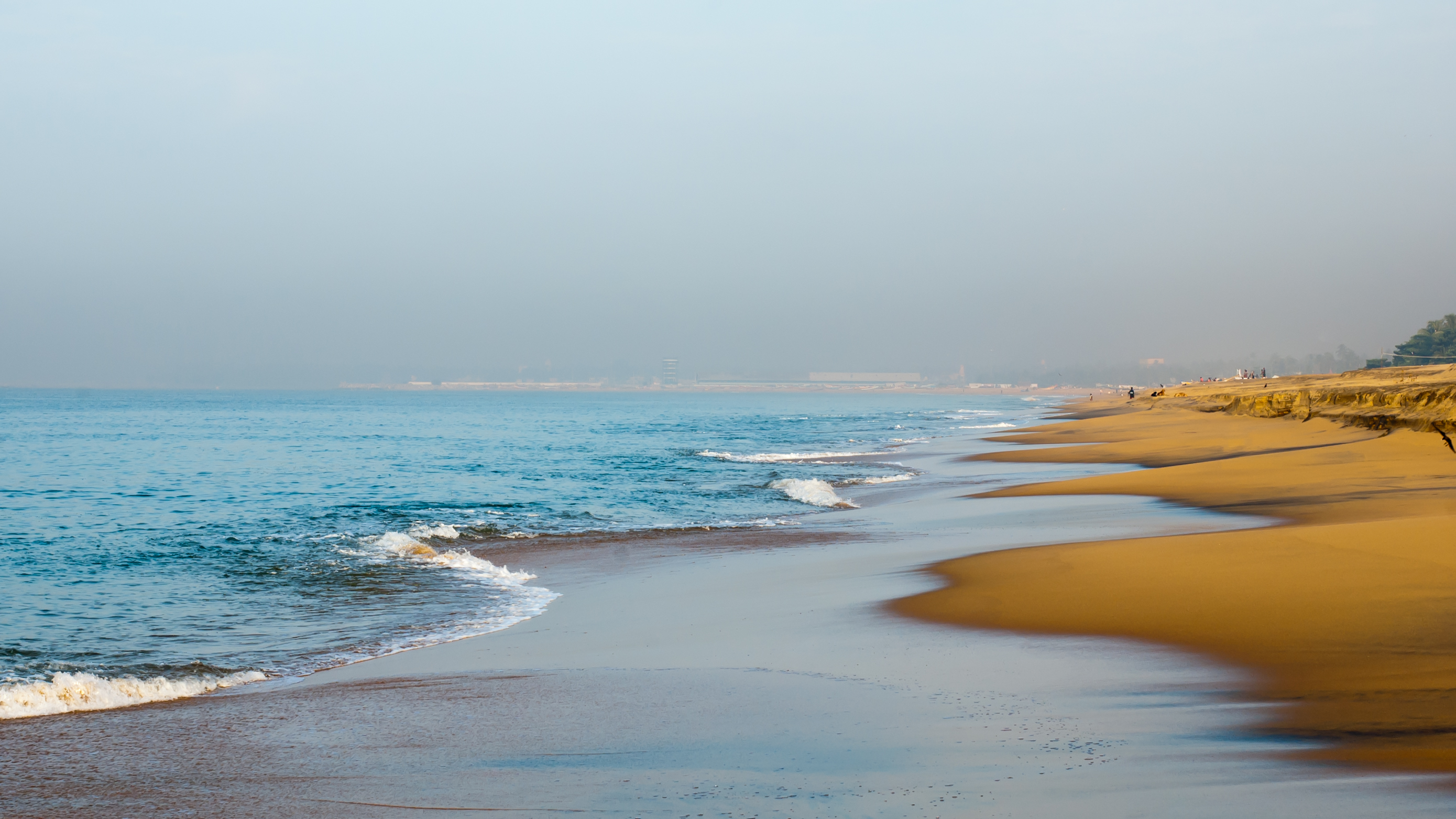
Known as Quilon during the British era, the city has historical citations dating back to King Solomon’s reign. In fact, excavations in the region suggest human settlements dating back to the Palaeolithic Age.
The name is said to be derived from Kollam, which is Sanskrit for pepper. The pepper grown in the city was so fine that visitors would travel across the world to taste and trade for the famous spice.
9. Kozhikode
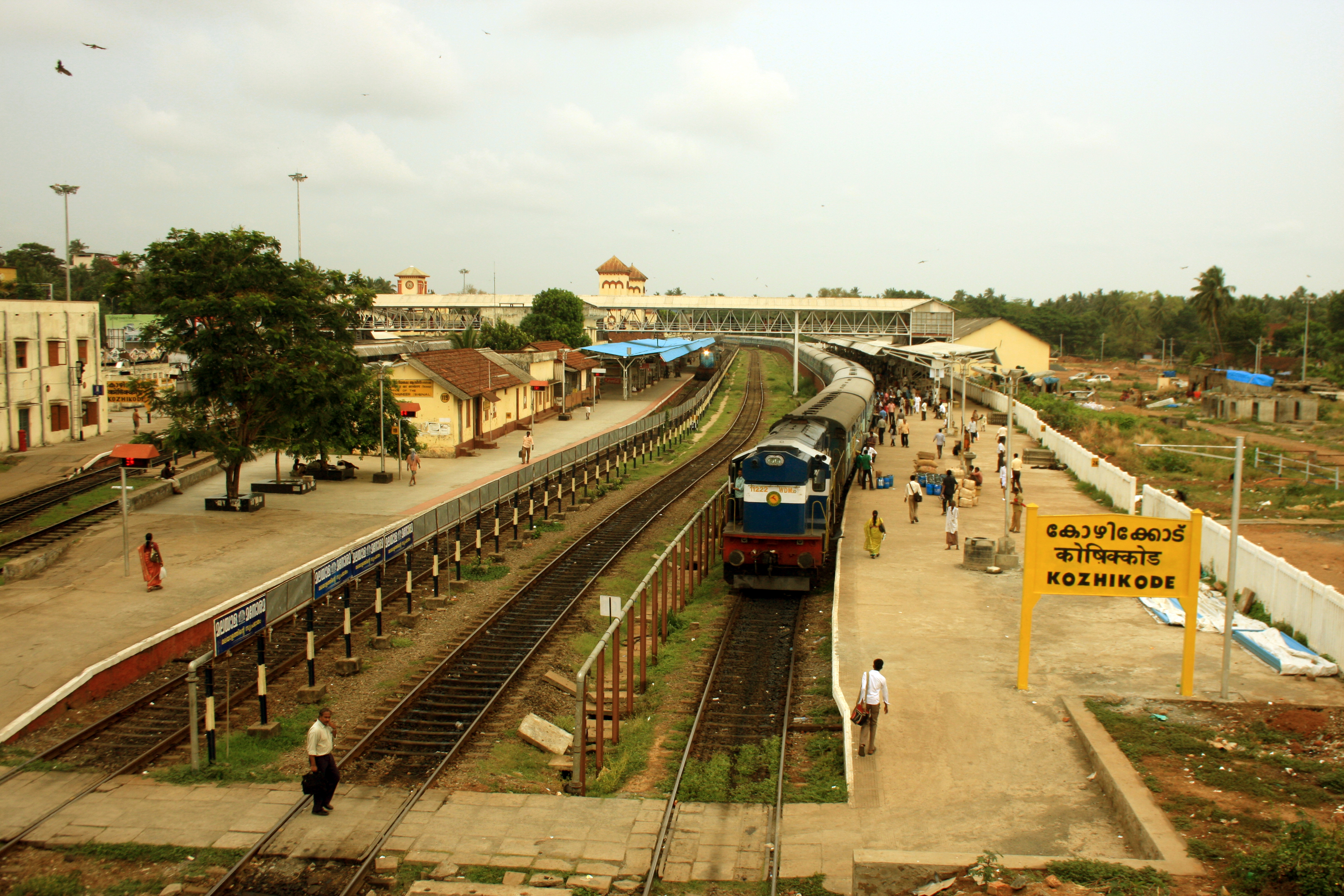
Kozhikode, pronounced Ko-Rrhi- Code, is better known as Calicut, the anglicised version of Kalikat, which was the name used by the local Mappila community. According to historian K.V. Krishnan Iyer, the word is derived from Malayalam words koyil (palace) and kotai (fortified), which together meant a fortified palace. From Koyilkotai, the transition led to Koliykode, which finally became Kozhikode.
Since the word kozhi in Malayalam means a rooster, the city has another cheeky name – the Cock Fort.
10. Kalamassery
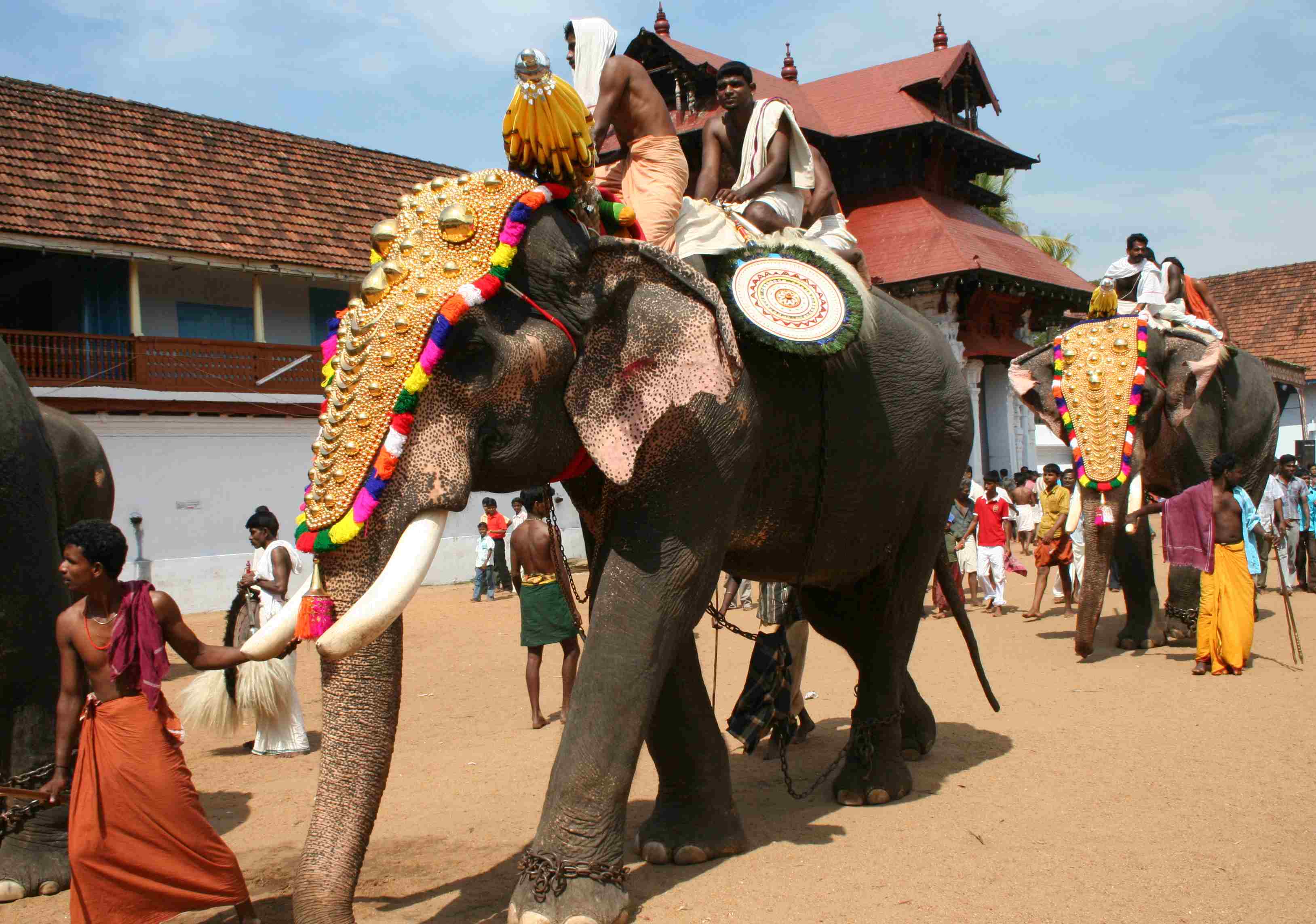
It is believed that the name Kalamassery is from the word Kalabhasery. Commonly used to refer to sandalwood paste, the word Kalabham is used in literary Malayalam for an Elephant.
Elephants have been part of temple rituals and festivities in Kerala since time immemorial. According to old tales, Kalabhasery used to be the place where the herbivorous giants were taken to rest after a long day’s work at the Thrikkakara Temple. As time passed, the city came to be known as Kalamassery.
11. Aluva
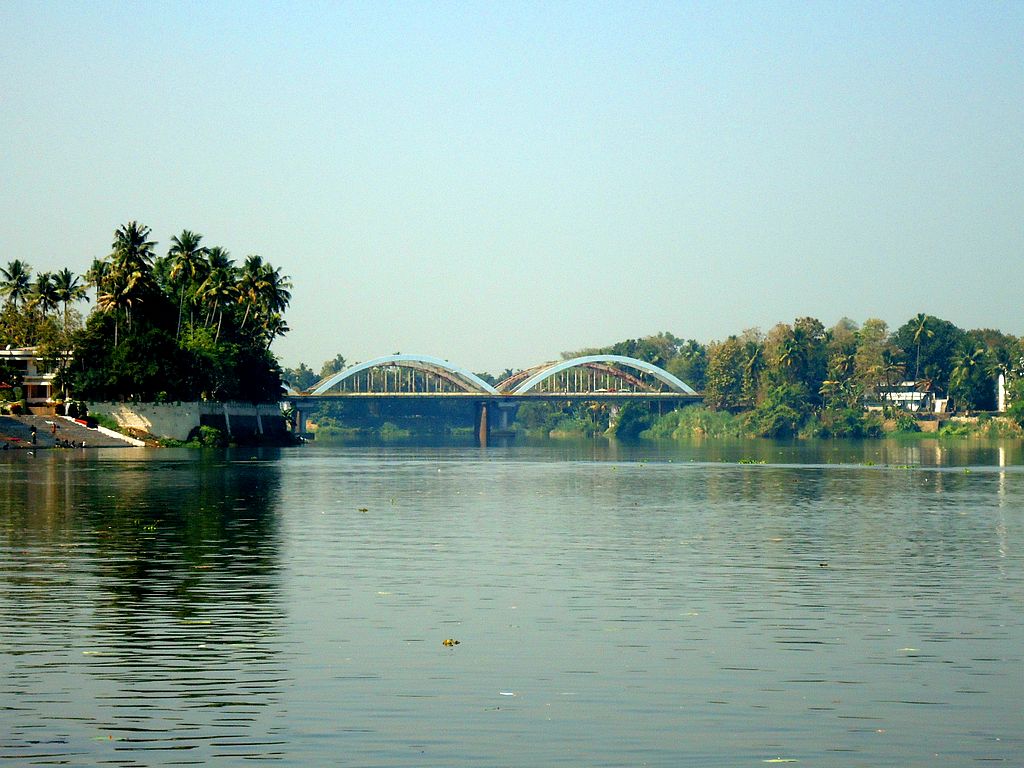
Close to Ernakulam, this town’s name is supposedly borrowed from the times of the Puranas. The story of Samudra Manthan that finds gods and demons fighting for the nectar of immortality, and Shiva swallowing the Halahala poison to save the world, is one of the best-known episodes in Hindu mythology.
How does Aluva fit in all of these?
An idol was made in the form of Shiva drinking the poison, or alam, using but obviously – his vaa, or mouth, and was placed in a temple in modern day Aluva.
12. Angamaly
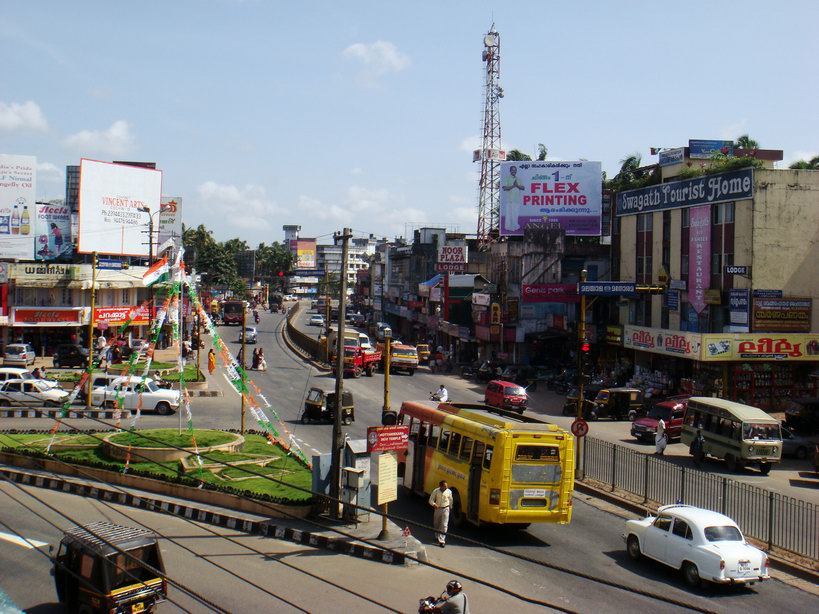
Folklore and parables suggest that Ankam, or battles, were fought on nothing but ordinary grounds or myal. The place had once been witness to duels between ancient warriors, and hence the name.
Known to be a port for inland transportation, another theory suggests that the name is derived from Akamaly, an inland port area.
13. Thrissur
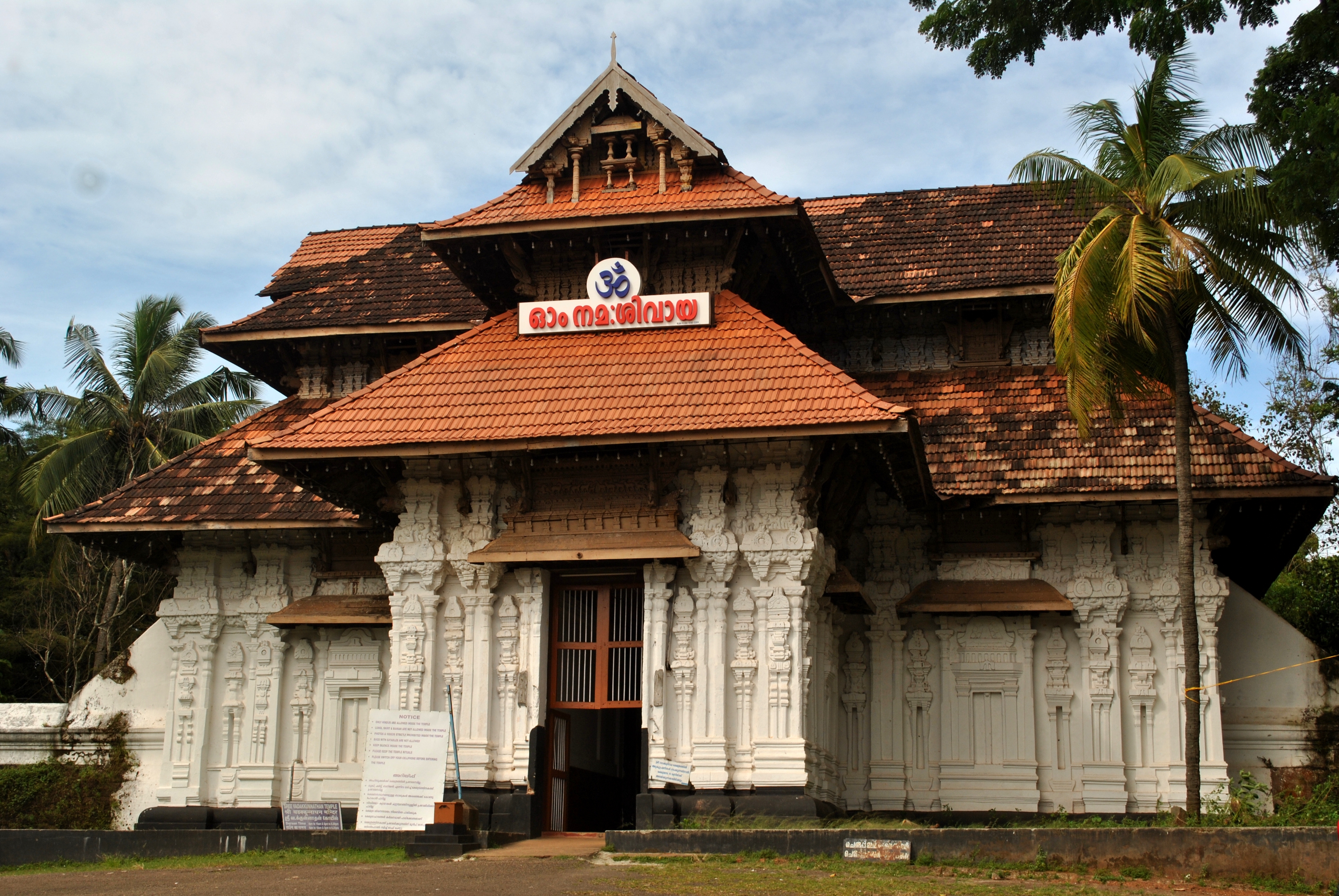
Known for its ancient Shiva temples and colourful festivals, the city of Thrissur has its name coined from the Malayalam/Tamil words Thiru-Shiva-Perur, which translates to ‘The city with the name of the Lord Siva’.
Another explanation says it’s called Tri-Shiva-Peroor which literally means a large expanse of land with three Shiva temples. Apparently, Thrissur is home to the three temples where Lord Shiva resides—namely Vadakkunnathan, Asokeswaram and Irattachira.
14. Wayanad

It is claimed that Wayanad’s hills housed a civilisation from the Neolithic Age. According to archaeological evidence, the forests of Wayanad have been inhabited for more than 3,000 years.
It is widely believed that the name is a combination of Vayal (paddy field) and Naad (land), making it ‘The Land of Paddy Fields’.
Like this story? Or have something to share?
Write to us: [email protected]
Connect with us on Facebook and Twitter.
NEW: Click here to get positive news on WhatsApp!
If you found our stories insightful, informative, or even just enjoyable, we invite you to consider making a voluntary payment to support the work we do at The Better India. Your contribution helps us continue producing quality content that educates, inspires, and drives positive change.
Choose one of the payment options below for your contribution-
By paying for the stories you value, you directly contribute to sustaining our efforts focused on making a difference in the world. Together, let’s ensure that impactful stories continue to be told and shared, enriching lives and communities alike.
Thank you for your support. Here are some frequently asked questions you might find helpful to know why you are contributing?


This story made me
-
97
-
121
-
89
-
167











